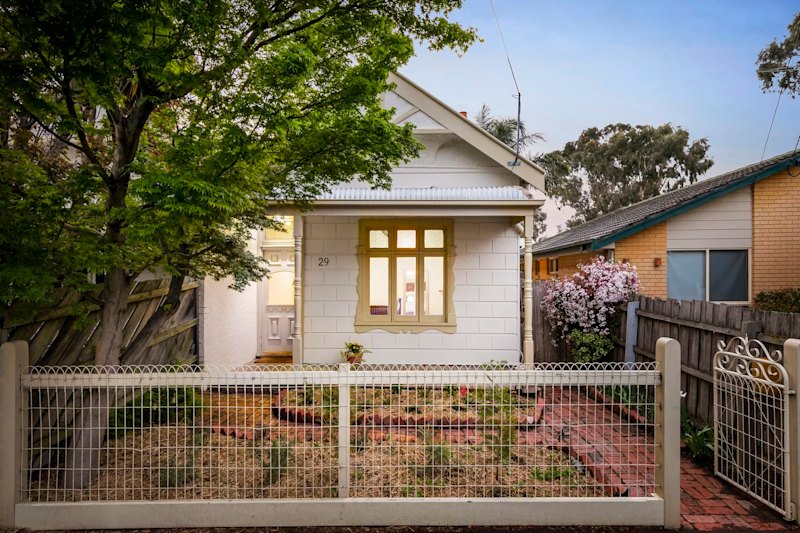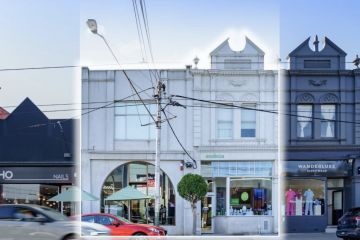Houses aren't more unaffordable for Australian first home buyers, but they are riskier

Climbing house prices seem to scare people but houses are relatively more affordable today than they were in 1990, it’s actually interest-rate risk that’s the bigger problem for first home buyers.
If you look at latest numbers on house prices, as a measure of affordability, they use a “median measure” – that is, the ratio of median house price to median salary. According to the latest Demographia survey, the price of the median Sydney house is 12.2 times the median salary, and it is 9.5 in Melbourne.
But it’s simply misleading to compare median-based measures of housing across different time periods in the same location. These simple median measures do not take into account differences in interest rates in different time periods.
A house in 2017 that costs nine times the median salary, when mortgage interest rates are less than 4 per cent, is arguably more affordable than a house in 1990 that costs six times the median salary. Interest rates in 1990 were 17 per cent.
Consider this simple example. In 1990 a first home buyer purchases an average house in Sydney priced at $194,000. With mortgage interest rates at 17 per cent, the monthly mortgage repayments were $2,765 for a 30-year mortgage. But in 1990 the average full-time total earnings was only $30,000 per annum, so the buyer’s mortgage repayments represented over 111 per cent of before-tax earnings.
In 2017 a first home buyer purchasing a Sydney house for $1,000,000, with interest rates at 4 per cent, is only required to pay $4,774 every month, or 69 per cent of their before-tax average full-time total earnings.
So, relatively, houses are substantially more affordable today than they were in 1990. The lower interest rate means the costs of servicing a mortgage is lower today than it was 25 years ago, or even 50 years ago.
However, those lower interest rates also mean today’s first home buyers face greater perils than their parents or grandparents.
Interest-rate risk
Interest rate risk is the potential impact that a small rise in mortgage interest rates can have on the standard of living of homeowners. This does not consider the likely direction of interest rates, rather how a 1per cent change in interest rates affects the repayments required on a variable rate mortgage.
When interest rates rise so do mortgage repayments. But the proportional increase in repayments is higher when interest rates are lower. For example, if mortgage interest rates were 1per cent, then increasing interest rates by another 1per cent will double the interest costs to the borrower. When interest rates are higher, a 1per cent increase in interest rates will have a lower proportional affect on their repayments.
If we go back to the example from before, the interest rate risk of the first home buyer from 1990 is much lower than that of the 2017 buyer. If mortgage interest rates rose by 1 per cent in 1990, repayments would rise by only 5.7 per cent to $2,923. For the 2017 buyer on the other hand, a 1 per cent increase in interest rates would see their repayments rise by over 12 per cent to $5,368 per month.
This has the potential to financially destroy first home buyers and, due to the high reliance of the retail banking industry on residential real estate markets, potentially create a systemic financial crisis.
Interest rate risk has an inverse relationship to interest rates – when interest rates fall, interest rate risk rises. As a result, interest rate risk has been steadily increasing as mortgage interest rates have fallen. Given that we have record low interest rates at the moment, interest rate risk has never been higher.
Putting it all together
Compounding all of this is the general trend of interest rates.
In 1990 mortgage interest rates were at a record high and so our first home buyer could reasonably expect their repayments to decrease in the coming years. They could also reasonably expect that, as mortgage interest rates fell, demand for housing would increase (all else being equal) and so would house prices, generating a positive return on their investment.
But our 2017 first home buyer is buying when interest rates are at record lows. They cannot reasonably expect interest rates will fall or for their repayments to go down in future years. It’s also unlikely that house prices will increase as they have for previous generations.
So while the current generation of first home buyers find housing much more affordable than their parents, they face substantially higher interest-rate risk and a worse outlook for returns on their investment. If we wish to address the concerns of first home buyers we should look into these issues rather than exploiting misrepresentative median-based measures of house affordability.
Apart from addressing issues with the supply of housing, governments need to investigate ways to reduce interest rate risk over the longer term.
Jamie Alcock, Associate Professor, University of Sydney
This article was originally published on The Conversation. Read the original article.
We recommend
We thought you might like
States
Capital Cities
Capital Cities - Rentals
Popular Areas
Allhomes
More










